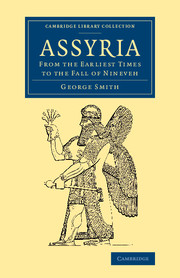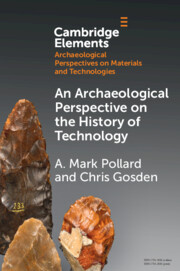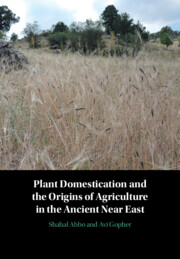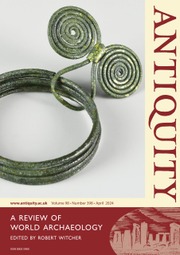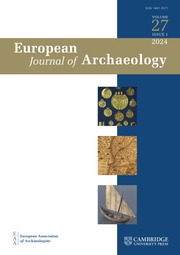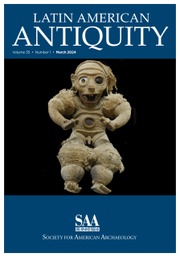Ancient Assyrians
In this book, Jonathan Valk asks a deceptively simple question: What did it mean to be Assyrian in the 2nd millennium BCE? Extraordinary evidence from Assyrian society across this millennium enables an answer to this question. The evidence includes tens of thousands of letters and legal texts from an Assyrian merchant diaspora in what is now modern Turkey, as well as thousands of administrative documents and bombastic royal inscriptions associated with the Assyrian state. Valk develops a new theory of social categories that facilitates an understanding of how collective identities work. Applying this theoretical framework to the so-called Old and Middle Assyrian periods, he pieces together the contours of Assyrian society in each period, as revealed in the abundance of primary evidence, and explores the evolving construction of Assyrian identity as well. Valk's study demonstrates how changing historical circumstances condition identity and society, and that the meaning we assign to identities is ever in flux.
- Offers a new model for making sense of collective identities
- Provides comprehensive overviews of Assyrian society across the Old and Middle Assyrian periods (2nd millennium BCE / Bronze Age), with abundant examples from primary sources
- Demonstrates how identity and society come together differently in different historical circumstances
Product details
October 2025Hardback
9781009610551
345 pages
228 × 152 mm
Not yet published - available from October 2025
Table of Contents
- 1. Introduction
- 2. The theory of social categories
- 3. They swore by the life of the city: Assyrians in the old Assyrian period (c. 2000–1650 BCE)
- 4. Aššur, king of the gods: the middle Assyrian Period (c. 1400–1050 BCE)
- 5. Conclusion
- Abbreviations
- Bibliography.


